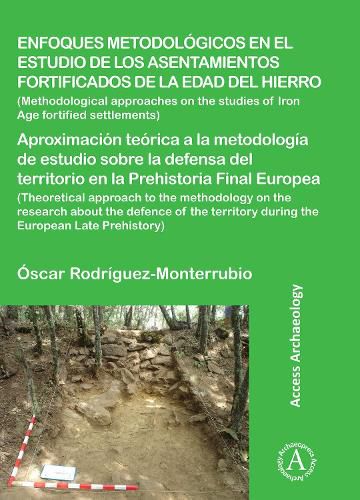Readings Newsletter
Become a Readings Member to make your shopping experience even easier.
Sign in or sign up for free!
You’re not far away from qualifying for FREE standard shipping within Australia
You’ve qualified for FREE standard shipping within Australia
The cart is loading…






This volume focuses on the main methodological perspectives currently existing in studies on Iron Age fortified settlements. Current investigations can be characterised according to three methodological approaches: analytic, landscape and componential analysis. These approaches can be traced since the 70s and are found all around Europe from the Baltic regions to the Mediterranean coast. They are examples of diachronic and versatile methodological procedures in use today and applicable to different contexts of the European Iron Age. We introduce digital archaeology at the end of this paper. In each one of the chapters we shall focus not only on the theoretical perspective of the approach but also on its practical application to the study of actual fortified settlements from different geographic contexts. In conclusion, and despite the difficulties of using these methods when investigating Iron Age settlements, they seem to be as versatile as they are adaptable and they have evolved adopting new methods of tele-detection and geographic information systems which update and refresh them as current methodological approaches.
$9.00 standard shipping within Australia
FREE standard shipping within Australia for orders over $100.00
Express & International shipping calculated at checkout
This volume focuses on the main methodological perspectives currently existing in studies on Iron Age fortified settlements. Current investigations can be characterised according to three methodological approaches: analytic, landscape and componential analysis. These approaches can be traced since the 70s and are found all around Europe from the Baltic regions to the Mediterranean coast. They are examples of diachronic and versatile methodological procedures in use today and applicable to different contexts of the European Iron Age. We introduce digital archaeology at the end of this paper. In each one of the chapters we shall focus not only on the theoretical perspective of the approach but also on its practical application to the study of actual fortified settlements from different geographic contexts. In conclusion, and despite the difficulties of using these methods when investigating Iron Age settlements, they seem to be as versatile as they are adaptable and they have evolved adopting new methods of tele-detection and geographic information systems which update and refresh them as current methodological approaches.